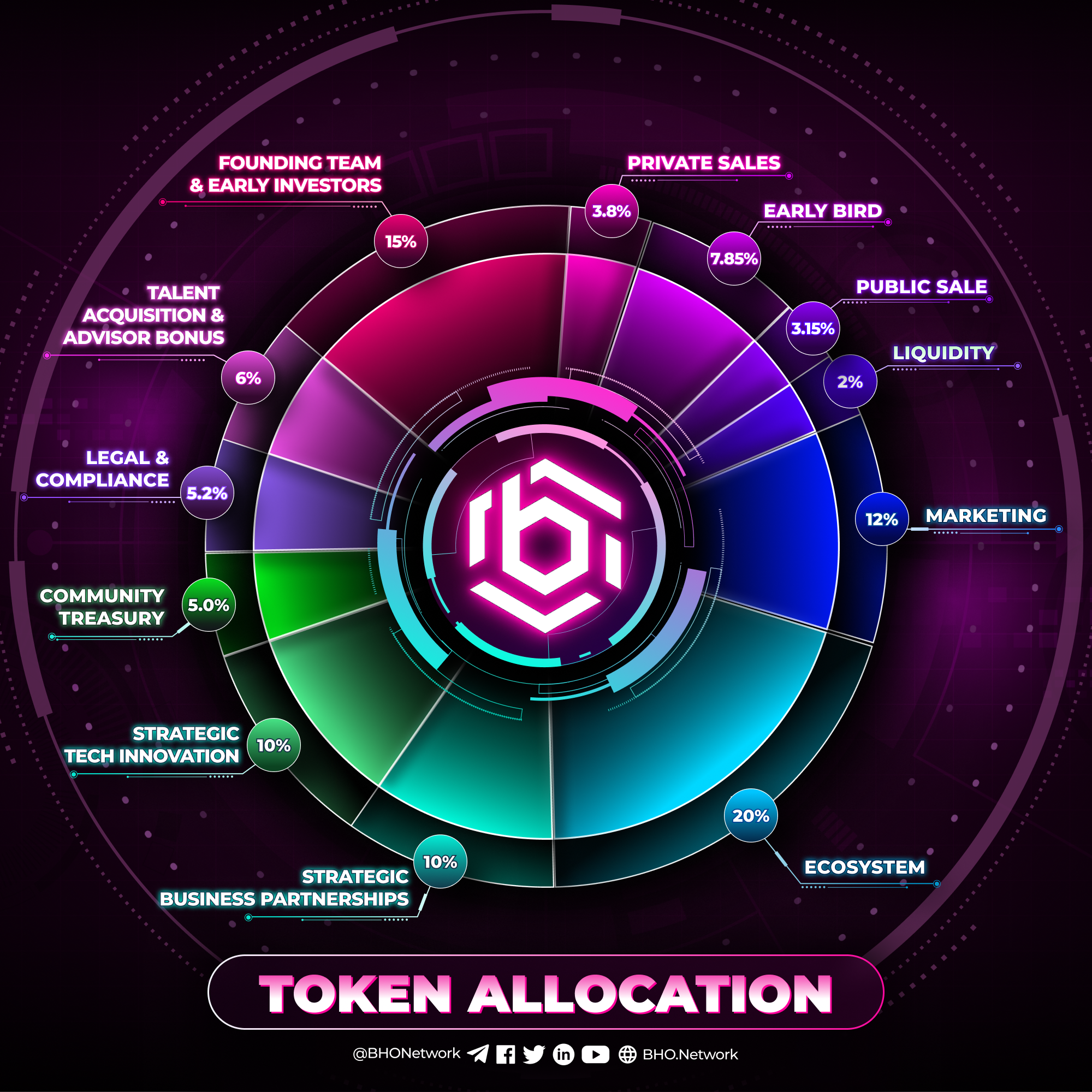BITCOIN HALVING AND ITS IMPACT ON THE ENVIRONMENT
Occurring approximately every four years, the upcoming Bitcoin Halving event once again attracts the attention of investors worldwide. This is because the block reward for mining Bitcoin is set to be halved every 210,000 blocks, reducing the efficiency of the creation rate and introduction of new BTC into circulation. This mechanism is at the core of Bitcoin's deflationary economic model, designed to limit the total supply of Bitcoin to 21 million.
The reduction in mining rewards raises questions about sustainability in the mining sector, particularly how it can drive the transition to greener, more energy-efficient technologies amid declining profits. Such changes are crucial for the long-term viability of Bitcoin, especially as environmental concerns become a focal point of discussion alongside economic factors.
Concerns about Bitcoin's energy consumption
According to the United Nations, the halving of Bitcoin mining rewards has amplified debates over its already high energy consumption, particularly because its associated computational processes consume a significant amount of electricity, much of which until recently has predominantly been derived from fossil fuels.
Critics further argue that if the halving of mining rewards leads to more energy-intensive activities to sustain miners' profits, this could exacerbate Bitcoin's carbon emissions, thus conflicting with many of the United Nations' global sustainability goals.
However, not everyone believes that the Halving will necessarily lead to increased energy consumption and negative pressure on power grids and the environment.
The Halving could increase operational costs for mining companies if the value of BTC or transaction fees does not rise to compensate. This may force some less profitable miners to temporarily halt operations. However, efficient mining companies will upgrade to advanced ASIC rigs to maximize productivity and minimize energy costs. The latest mining equipment tends to be much more energy-efficient in terms of hash rate per watt.
The Halving may contribute to a short-term reduction in energy consumption if mining companies with unprofitable operations shut down, while broader industry encouragement of efficiency and innovation may drive continuous energy improvements.
This transition process may promote more sustainable mining methods, but the speed and scope of this change will depend on factors such as the availability of renewable energy sources, technological advancements in mining equipment, and changes in energy prices.
Many research groups believe that another effect we may witness is a geographical redistribution of miners worldwide. According to their perspective, the allocation of these individuals and organizations may change significantly because several regions worldwide — especially throughout Eastern Europe and Africa — offer abundant and inexpensive renewable energy sources. This could impact energy markets and regulatory frameworks in those areas.
With advancements in Bitcoin-related technologies, such as the integration of the Lightning Network for payments, further positive impacts on energy consumption and sustainability may be realized. Layer 2 solutions allow transactions to be conducted off-chain, thereby reducing the energy demand while still enhancing computational capabilities.
Published on April 18, 2024







